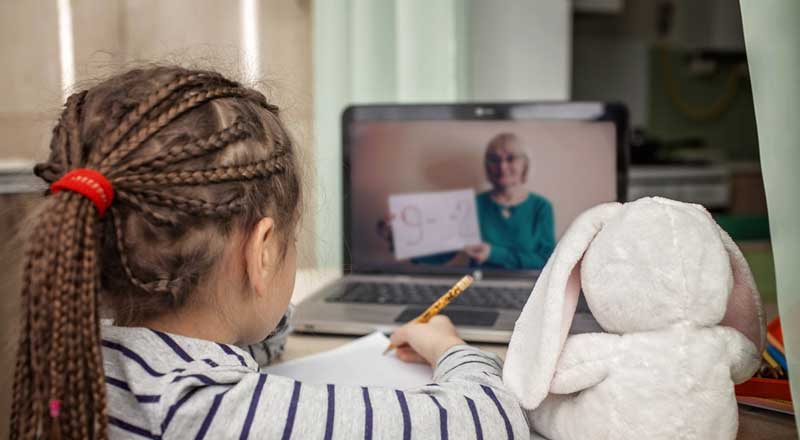STD Teen Information
Your children are not going to think that oral sex means French kissing forever. That’s why you have to talk to them about STDs before they wind up getting one. Having an open dialog with your children about STDs will help you to relax a little come spring break time. With some good information under their belts, teenagers will, hopefully, make good decisions regarding their sexuality.
Don’t Be Fooled
Despite what your teen may try to tell you, be aware that yes, just as in the “old” days, STDs are spread through intimate contact. STDs are very common in teens, according to Teens Health, so you should talk with yours about how they can avoid getting one, because if your teen ever does get one, it could be serious and cause infertility or even death, in the case of HIV.
What Now?
Sexual intercourse is not the only way to get STDs. Any skin-to-skin situation where there is an open sore will suffice for getting genital warts or herpes, for example. Every generation has its own pitfalls that teens are likely to fall into. Take “sexting,” for example, where teenagers and even pre-teens are text messaging nude photos of themselves to each other. An ABC news poll found that 44 percent of teenage boys had at least one naked picture of a girl. In some of these “sext” messages, teens are engaging in sex or masturbation, according to ABC News. This behavior might lead to a greater incidence of teens with STDs; the younger a person starts having sex and the more sex partners a teen has, the more likely the chances are for contracting any number of STDs.
Don’t Be an Ostrich
While there are treatments available for STDs, obviously the best outcome is to not get one in the first place. Abstinence from all types of sex–intercourse, oral and anal–is the best way to avoid getting an STD. Wearing a condom is the second best way. If your teen is having sex, it is much better to deal with the situation than to bury your head in the sand. Boys and girls having sex should get regular gynecological or male genital exams, according to Teens Health. And, if your teen thinks that she already has an STD, she needs to get treatment immediately, because these diseases can progress, causing more damage. Let your teen know what an STD isn’t as well. A yeast infection in girls is not one, and neither are all bumps on the penis, as those could be the result of an irritated hair follicle or a pimple.
Common STDs
Chlamydia is a common STD that people get from bacteria obtained through intercourse. Girls and boys often do not know that they have it, so that is why regular checkups are important. If left untreated in girls, chlamydia can lead to an infection in the urethra or pelvic inflammatory disease (PID), which can cause infertility. In boys, it can cause inflammation of the urethra.
Trichomoniasis is another common STD and is apparent in girls by smelly vaginal discharge. Boys can have irritation when urinating. While not dangerous, trichomoniasis can make someone more susceptible to getting other STDs. It is treated with antibiotics.
Crabs are a nickname for another STD, lice in the pubic area. A doctor will be able to prescribe medication, or you can buy an over-the-counter medicine to get rid of them.
More Serious Ones
Genital herpes are sores in the genital area for which there is no cure. Genital warts are a symptom of HPV that can lead to cervical cancer.
Gonorrhea can be very serious if left untreated, leading to PID in girls and infertility in boys.
Hepatitis B can lead to liver damage and an increased risk for liver cancer. Vaccinations are available to protect against hepatitis B.
HIV and AIDS is a very serious illness. While there is still no cure, combinations of antiviral drugs are prolonging people’s lives.
Syphilis can be treated in its early stages, but if left untreated, can lead to death.




